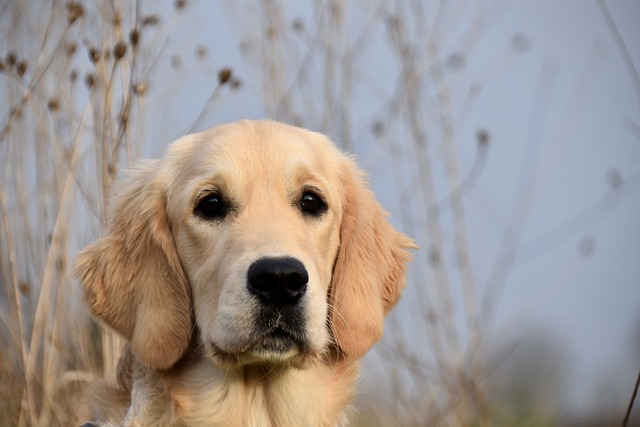
How do i train my dog to be obedient?
Watching your dog dart across the park ignoring your calls isn’t just frustrating—it can put them at risk near busy streets or public spaces.
The idea of socializing a reactive dog can feel like a paradox—how do you expose them to the world when the world seems to be their biggest trigger? It’s crucial to reframe the goal: socialization for a reactive dog isn’t about forcing interactions; it’s about creating positive, neutral associations from a distance where your dog still feels safe. Their reactivity is often a fear-based response, a sign that they feel overwhelmed and unable to cope. The scientific process here is called desensitization and counter-conditioning. This means systematically exposing your dog to their trigger at such a low intensity (e.g., a dog 100 feet away) that it doesn’t provoke a reaction, and then pairing that sight with something incredibly positive, like high-value chicken or cheese. You’re not teaching commands; you’re rewiring their emotional response, teaching them that the presence of another dog or person predicts good things, not danger.
Your training sessions should be meticulously planned. Start by simply sitting with your dog in a stationary car parked at a great distance from a quiet park entrance. Reward them for calmly observing people and dogs come and go. The moment they notice a trigger but before they react—you might see a ear flick or a slight tension—mark it with a quiet "yes" and feed a treat. This is how you build a new association. Gradually, over many sessions, you can decrease the distance, but always prioritize your dog’s emotional state. If they react, you've moved too close too fast. This entire process relies on positive reinforcement; yelling, leash corrections, or flooding them by forcing a close encounter will only deepen their fear and is contrary to modern, evidence-based training ethics. This patient, force-free approach is the cultural expectation for responsible dog training in communities across the U.S.

Successfully managing this process is also an exercise in civic responsibility. Before any outing, ensure your dog is securely fitted in a harness (never just a collar) and that their rabies vaccination and local licenses are completely up-to-date—this is a non-negotiable legal requirement for all public outings. Your role is to be your dog’s advocate; this means confidently creating space by crossing the street or stepping off a path when you see a trigger approaching. It also means always having a generous supply of waste bags to immediately clean up after your dog, demonstrating respect for your community. For apartment dwellers, this might involve using a visual barrier on balcony windows to reduce overwhelming stimuli. Remember, socializing a reactive dog is a marathon, not a sprint. It’s about building their confidence one positive experience at a time, all while being a respectful and conscientious member of your neighborhood.

Watching your dog dart across the park ignoring your calls isn’t just frustrating—it can put them at risk near busy streets or public spaces.

New puppy owners often find themselves rushing to clean up accidents before they set in, and that’s where puppy pad training becomes a game-changer.

If you've noticed your dog's waistline disappearing and your veterinarian has mentioned those few extra pounds, your first instinct might be to simply reduce the amount of food in their bowl.

Training a dog to use a designated spot indoors isn’t as daunting as many new owners fear, but it does take consistency and an understanding of your pet’s needs.

That moment of dread on a walk is all too familiar for many new dog owners. You see another dog approaching down the sidewalk of your neighborhood

If the sight of another dog on your neighborhood walk makes your heart sink as your own dog erupts into a frenzy of barking and lunging, you're not alone.